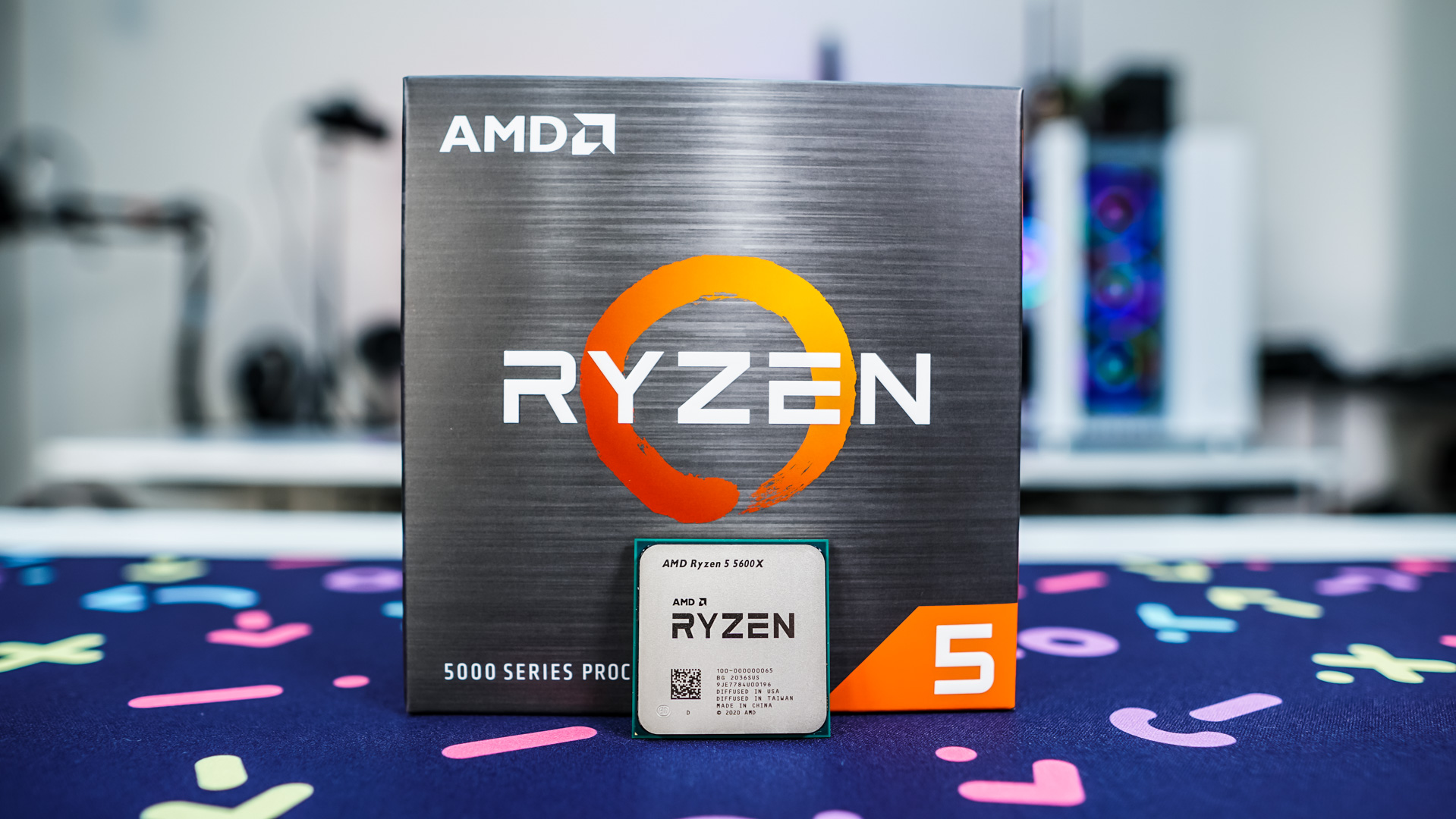What’s New with Zen 3?
With AMD’s Ryzen 5000 series processors AMD is still using their 7nm process and we are still using AM4 motherboards so what is new? Ryzen 5000 series processors are based on AMD’s latest Zen 3 microarchitecture which is the successor to Zen 2, which AMD’s Ryzen 3000 series processors were based off of. This is a brand new architecture from AMD and they have three main goals when designing it.
First was single-core performance, they didn’t want their workloads to be spread across all cores to provide that uplift in IPC performance. The next thing was latency. This meant unifying cores and cache in a contiguous 8-core complex. This allows for better communication between the cores and a lower memory latency by having more cache available. Finally there is efficiency. AMD did not want to go all out on performance and raise TDPs, they wanted to do it in an efficient way.
Below we can see that major changes that AMD made to Zen 3 in terms of front-end enhancements, execution, and load / store.
That 19% IPC uplift is made up of many different contributors including cache prefetching, the execution engine, branch predictor, micro-op cache, front end, and load / store.
AMD as I mentioned is moving to an 8-core complex. Here is how that looks compared to the previous Zen 2 4-core complex. This new design accelerates core and cache communication and reduces memory latency.
When it comes to efficiency AMD did not want to go all out on performance. We’ve seen what happens when you do that in terms of power draw and temperatures. They wanted to be able to add in the features that we’ve mentioned without lowering the efficiency. So directly comparing the 3900XT to the 5900X we see a 2.4x increase in performance per watt.







